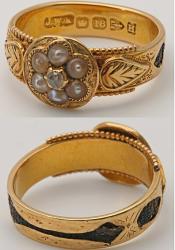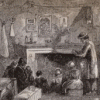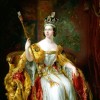Buckingham Palace
Buckingham Palace in west London is the London residence of the British monarch. It was originally acquired by George III as a residence for his wife, Queen Charlotte. The original Buckingham House was expanded in the nineteenth century by architects John Nash and Edward Blore. It became the official London residence of the monarch under Queen Victoria. Prince Albert oversaw much of its renovation including improved ventilation.
Coordinates
Latitude: 51.501364000000
Longitude: -0.141890000000
Longitude: -0.141890000000



